
Pennsylvania Clavichord
ca. 1780 The clavichord produces sound when a thin metal blade, or tangent, hits the string. This instrument is most likely a product of the

ca. 1780 The clavichord produces sound when a thin metal blade, or tangent, hits the string. This instrument is most likely a product of the
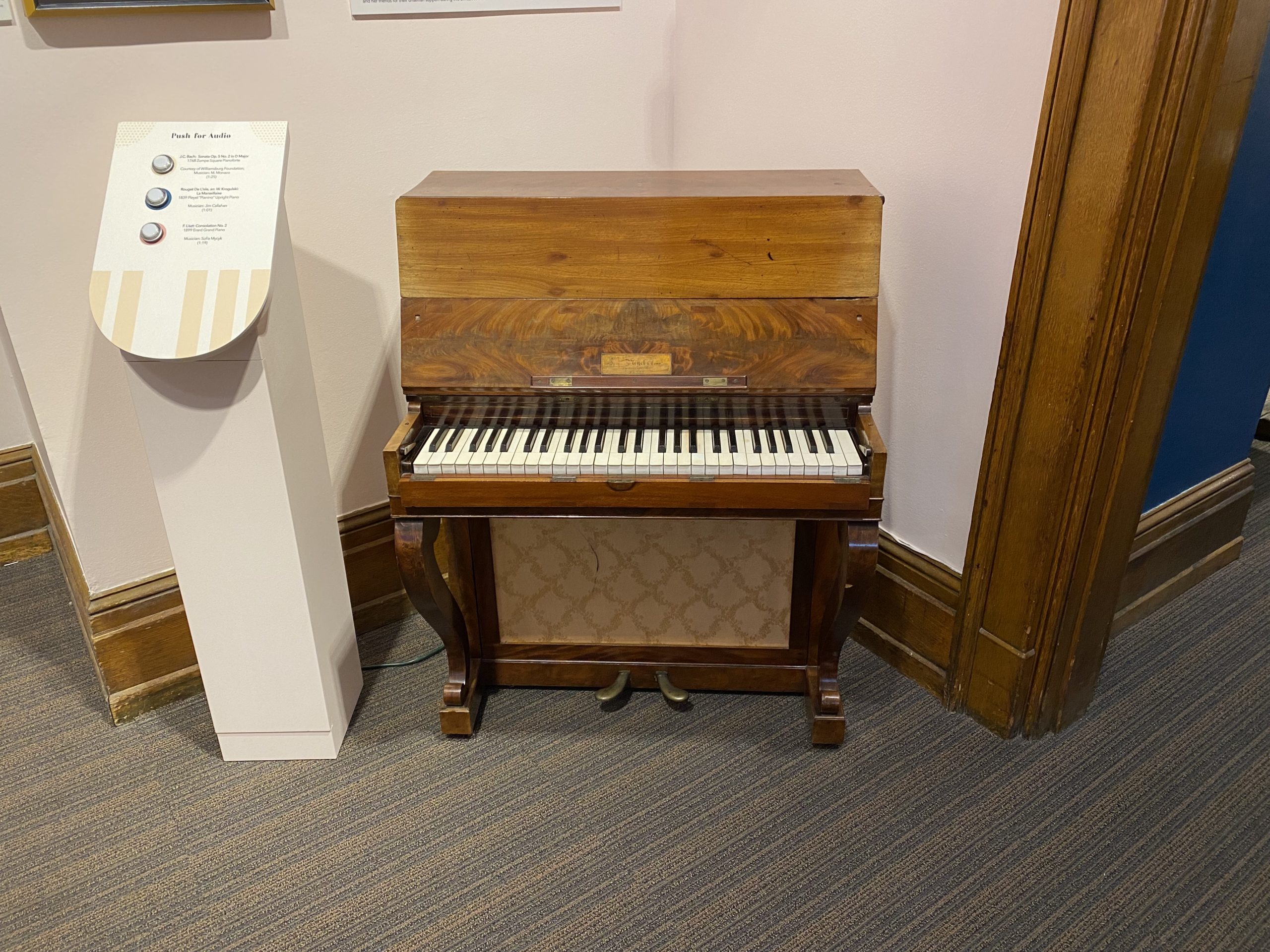
1839 Established in 1807, the French firm Pleyel produced instruments favored by many pianists, including Chopin. Around 1811, Pleyel began producing small upright pianos, called
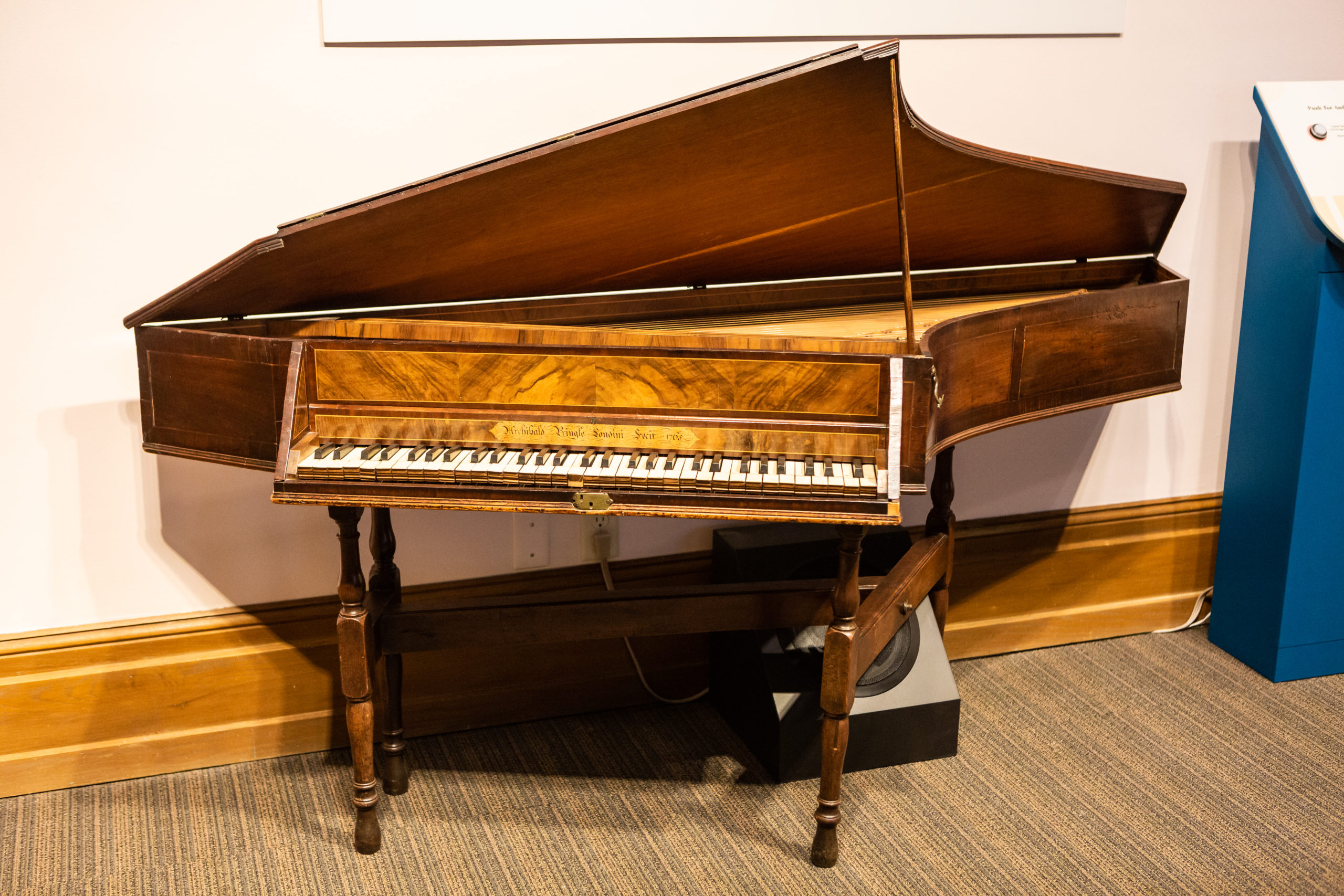
1765 The spinet is a small version of the harpsichord, particularly popular in Italy and England. It was named “bentside” because of its shape: triangular,
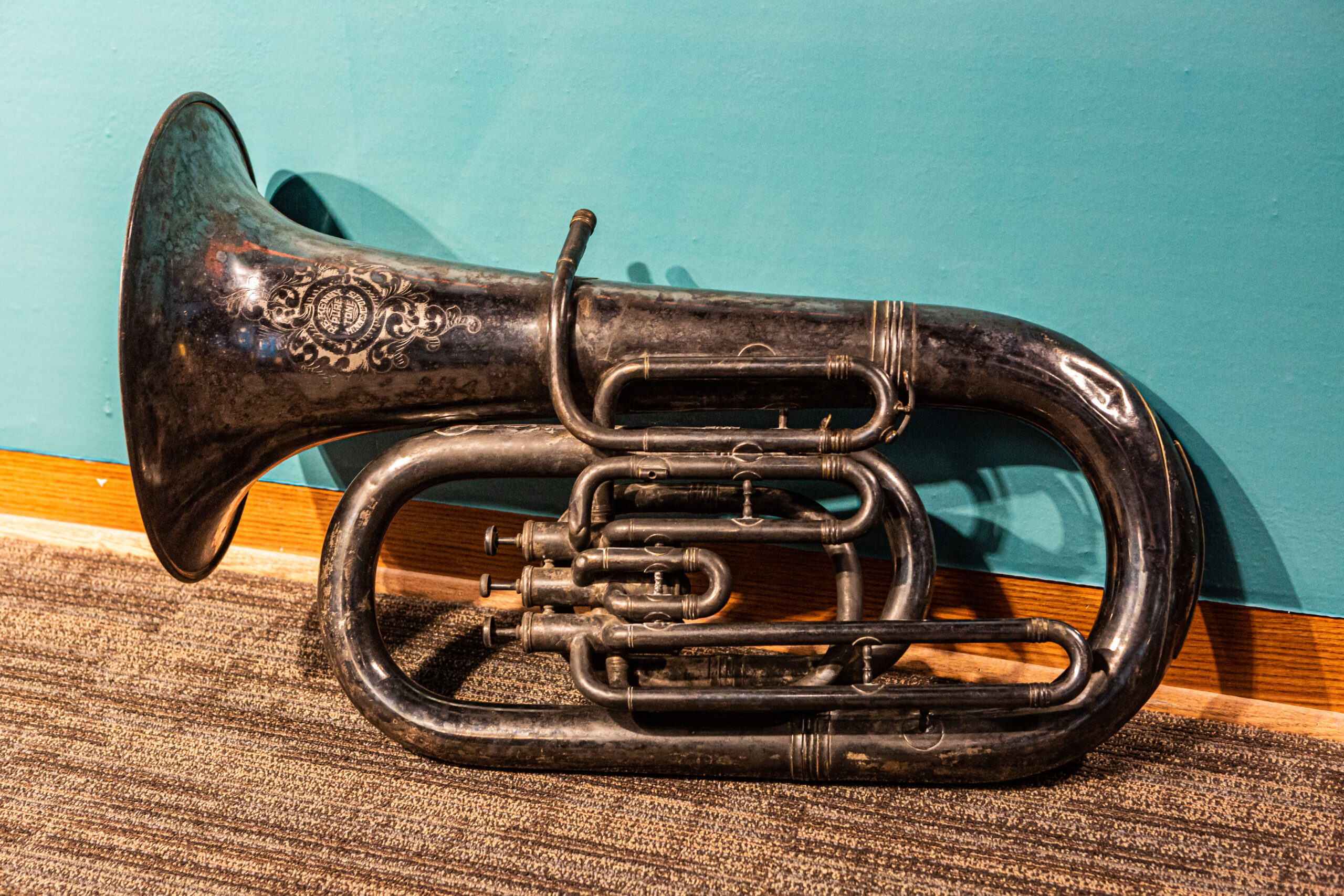
Engraved: “Minneapolis”3 piston (3-2-1) (1 missing button)Engraved: “Superieur” on lead pipeTarnished silver; dented bellEb
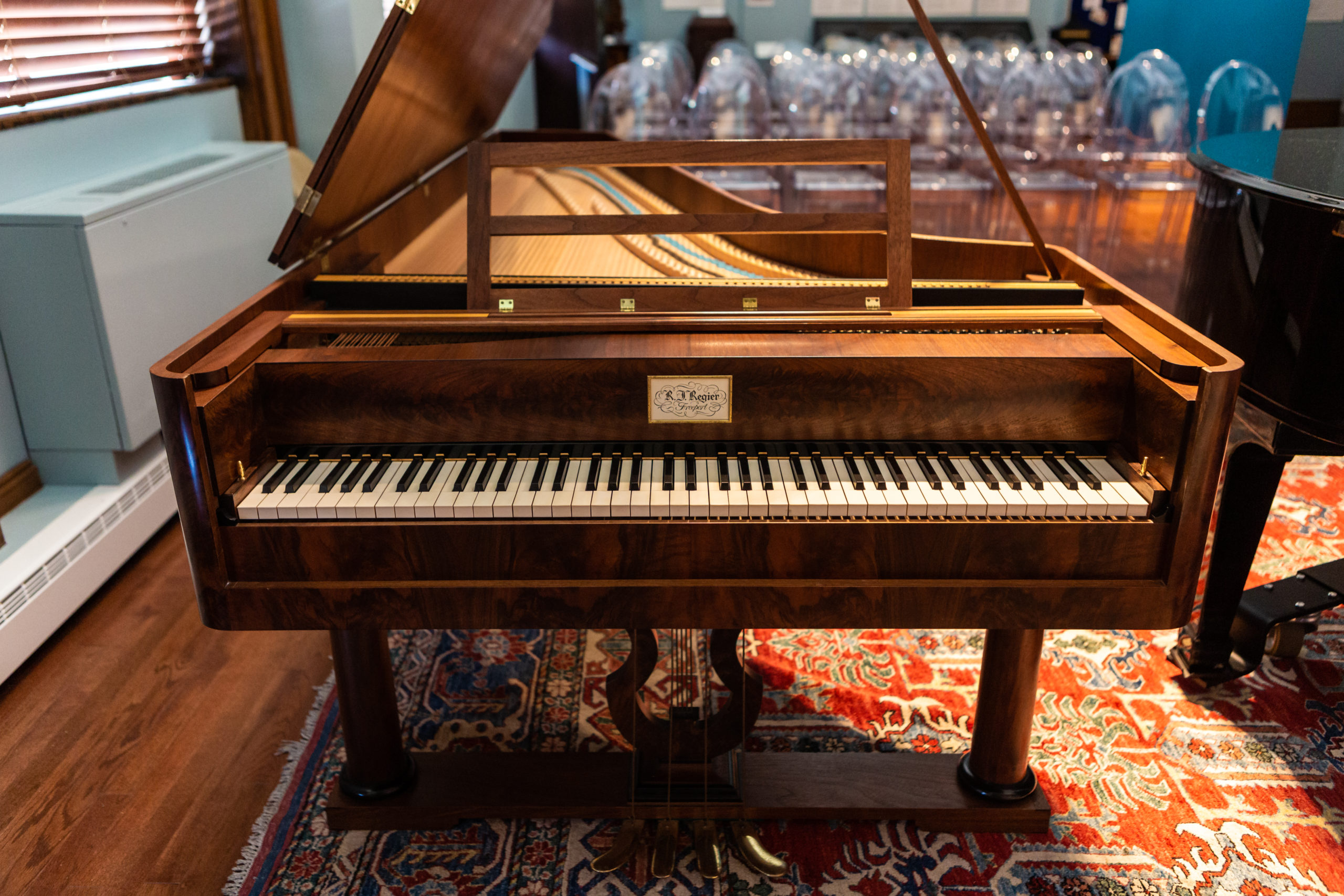
1994 Range: 6-1/2 octaves (CC to f4)Case of walnut4 pedals (incl bassoon)Cow bone key topsBiedermeier legs
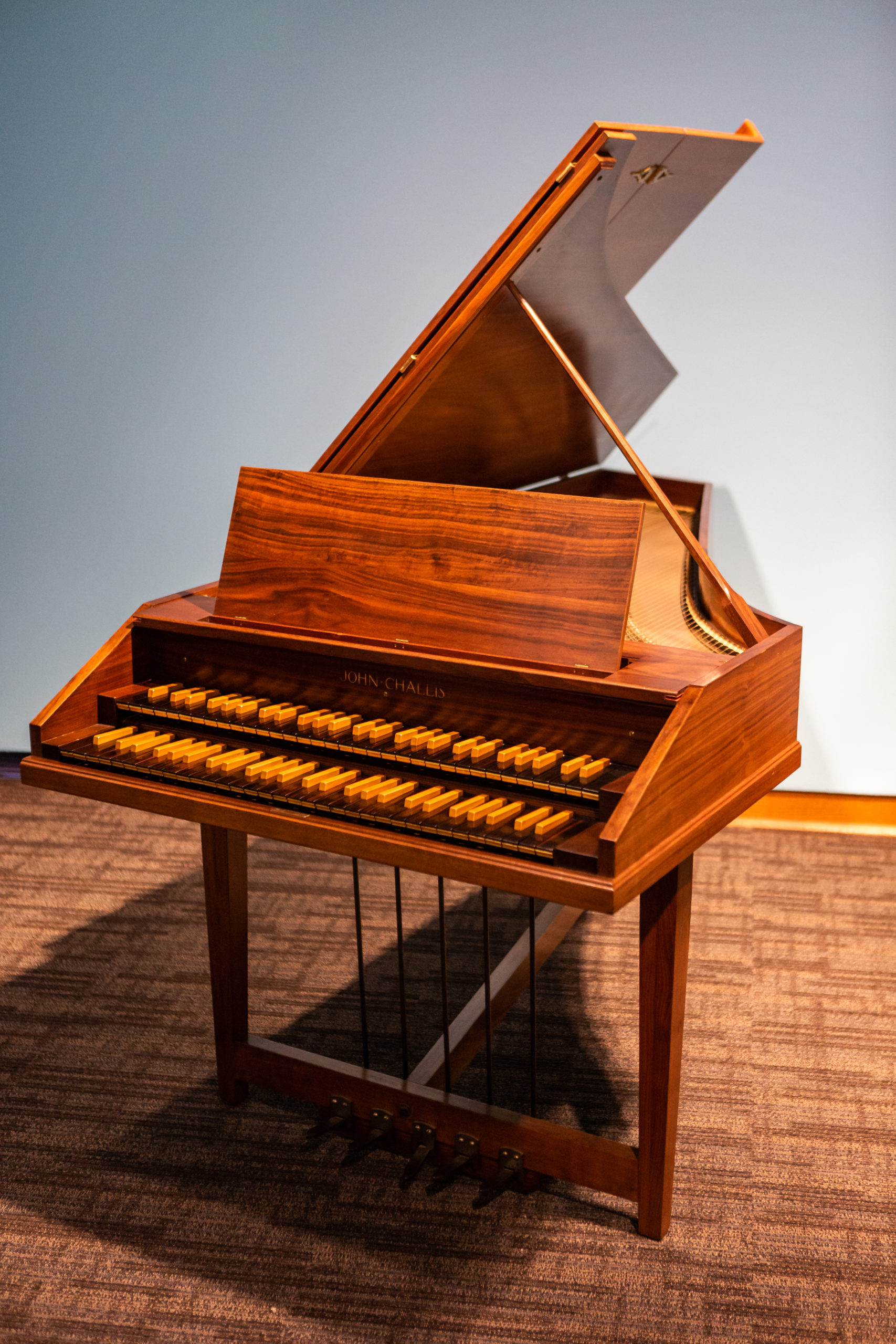
1960 The original, 14-19th century harpsichords were primarily constructed of wood. This unique, modern version, with its aluminum frame and brass bridges, produces a brighter
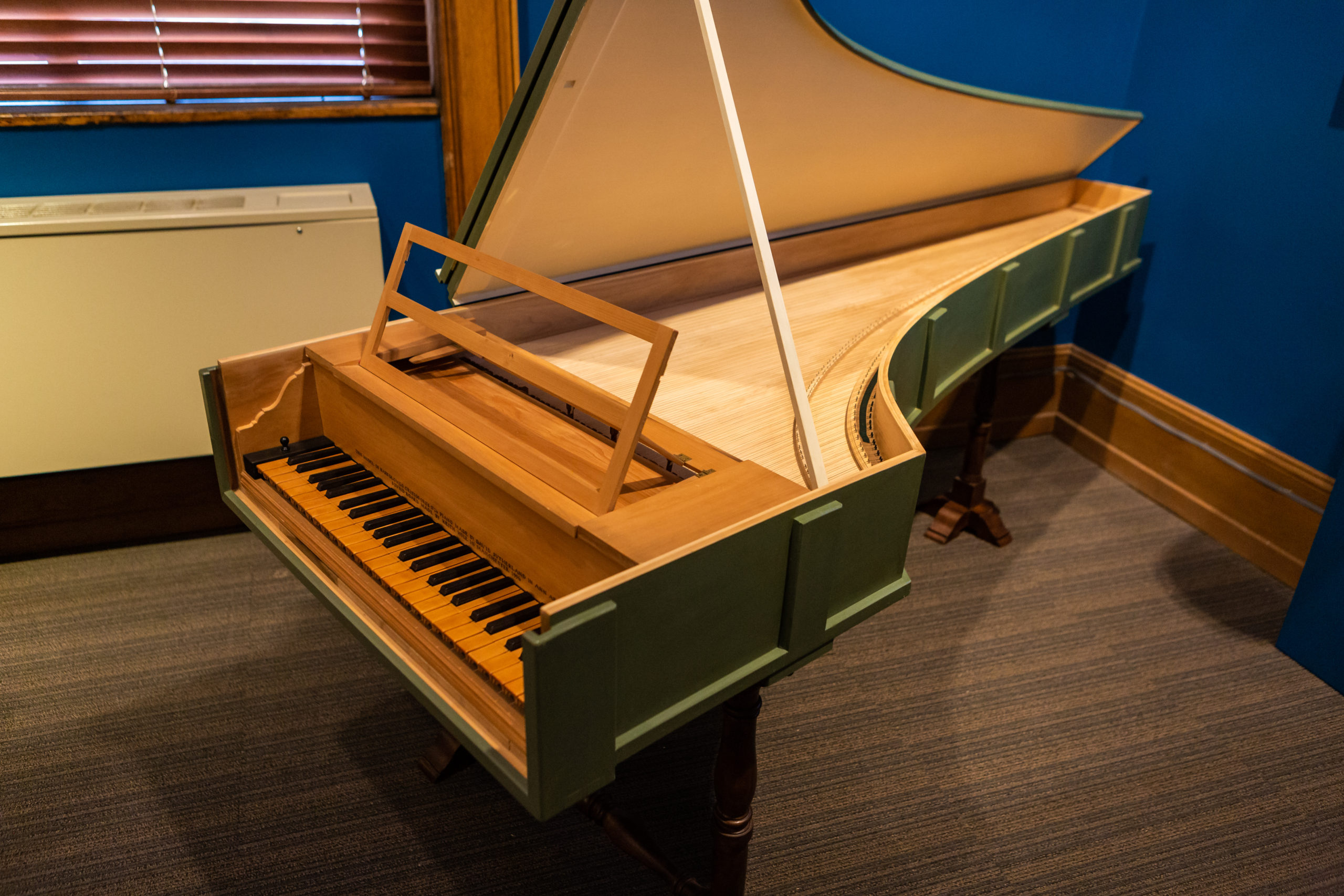
The pianoforte—meaning “soft-loud”—enables the performer to express gradual variations in volume. Critosfori’s design contained all the basic mechanical components of a modern piano action including:
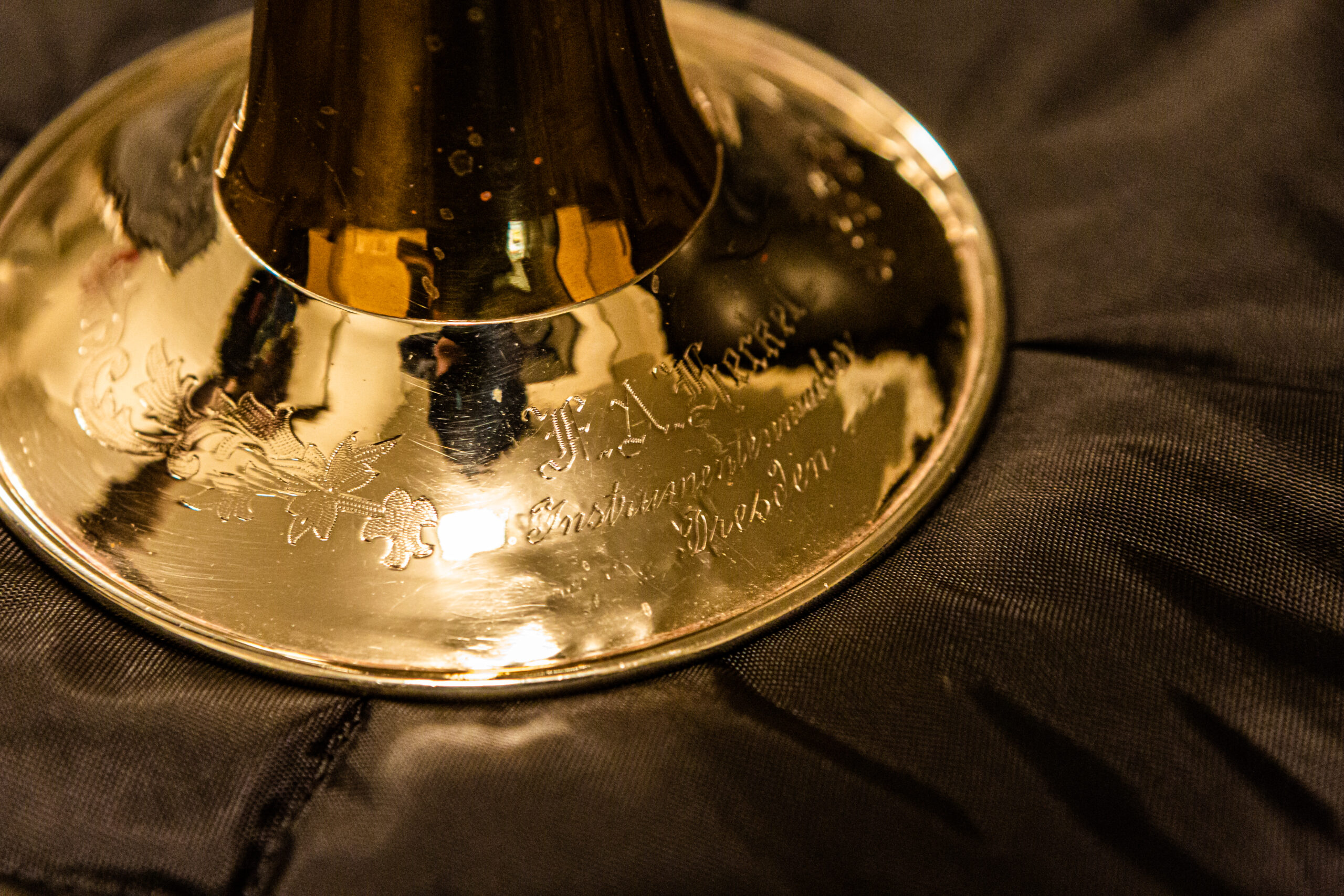
This instrument was built in Dresdon, Germany sometime after World War I (1918), and has two unique features. The valves are rotary valves, which rotate
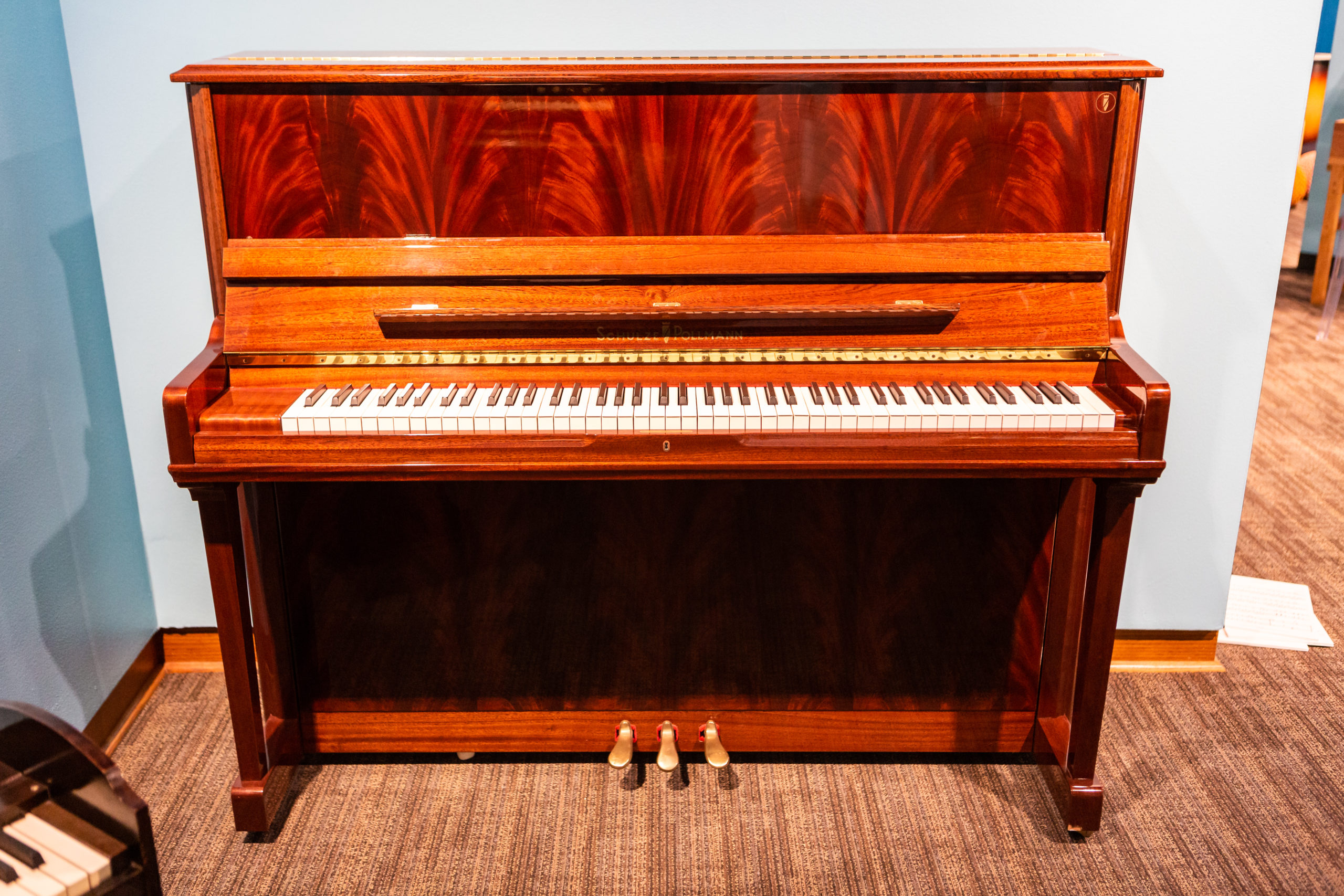
2000 This upright piano was built by the German-Italian Schulze Pollmann company. Its strings and main frame sit vertically, making them more compact. The current
ca. 1921 The J.P. Seeburg Piano Company of Chicago was one of the two largest makers of coin-operated and player pianos in the U.S. from
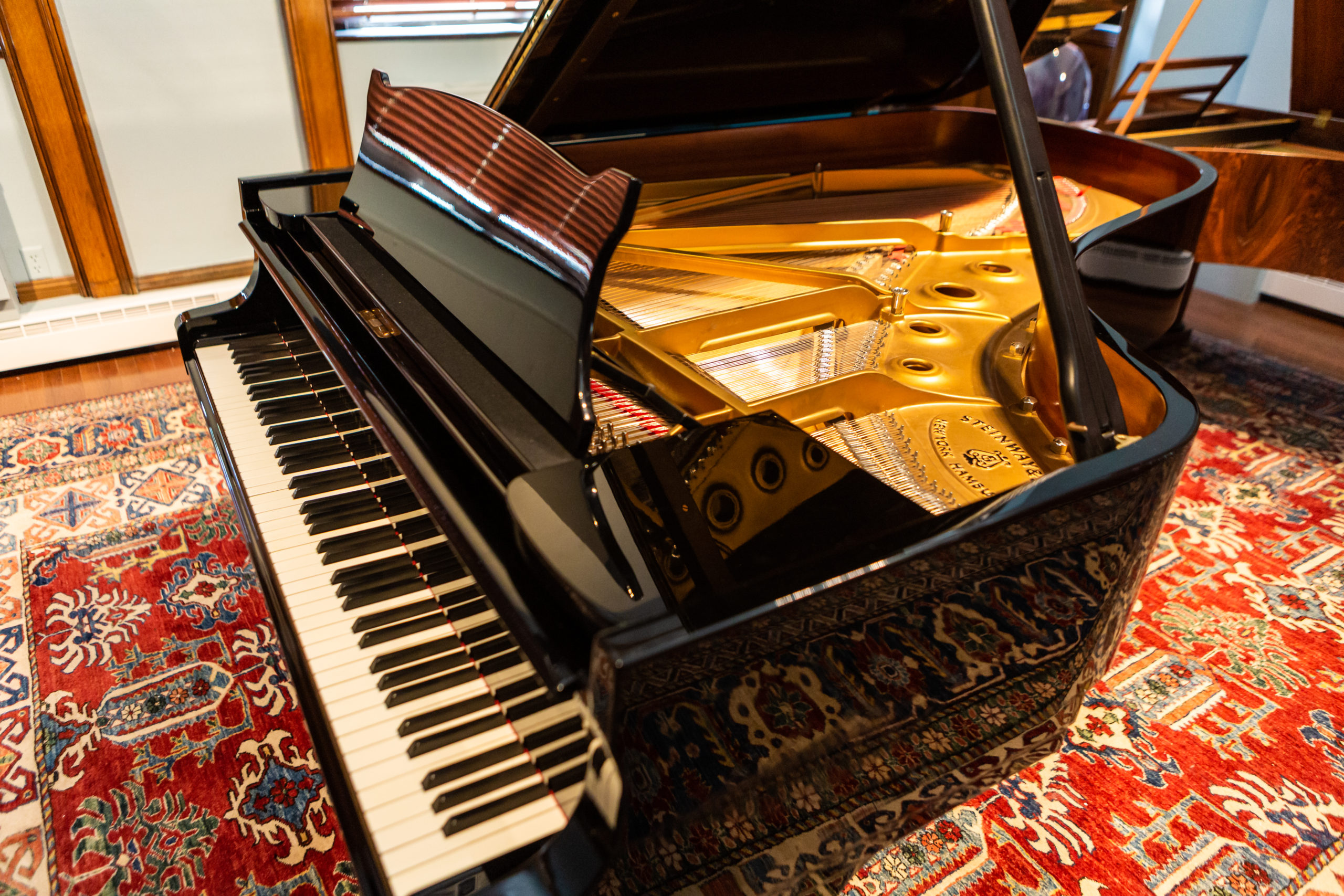
ca. 1975 A Steinway with a Story- Barry Kempton, Artistic & Executive DirectorThe piano, a 7-foot Steinway B grand piano built in Hamburg around 1980 is